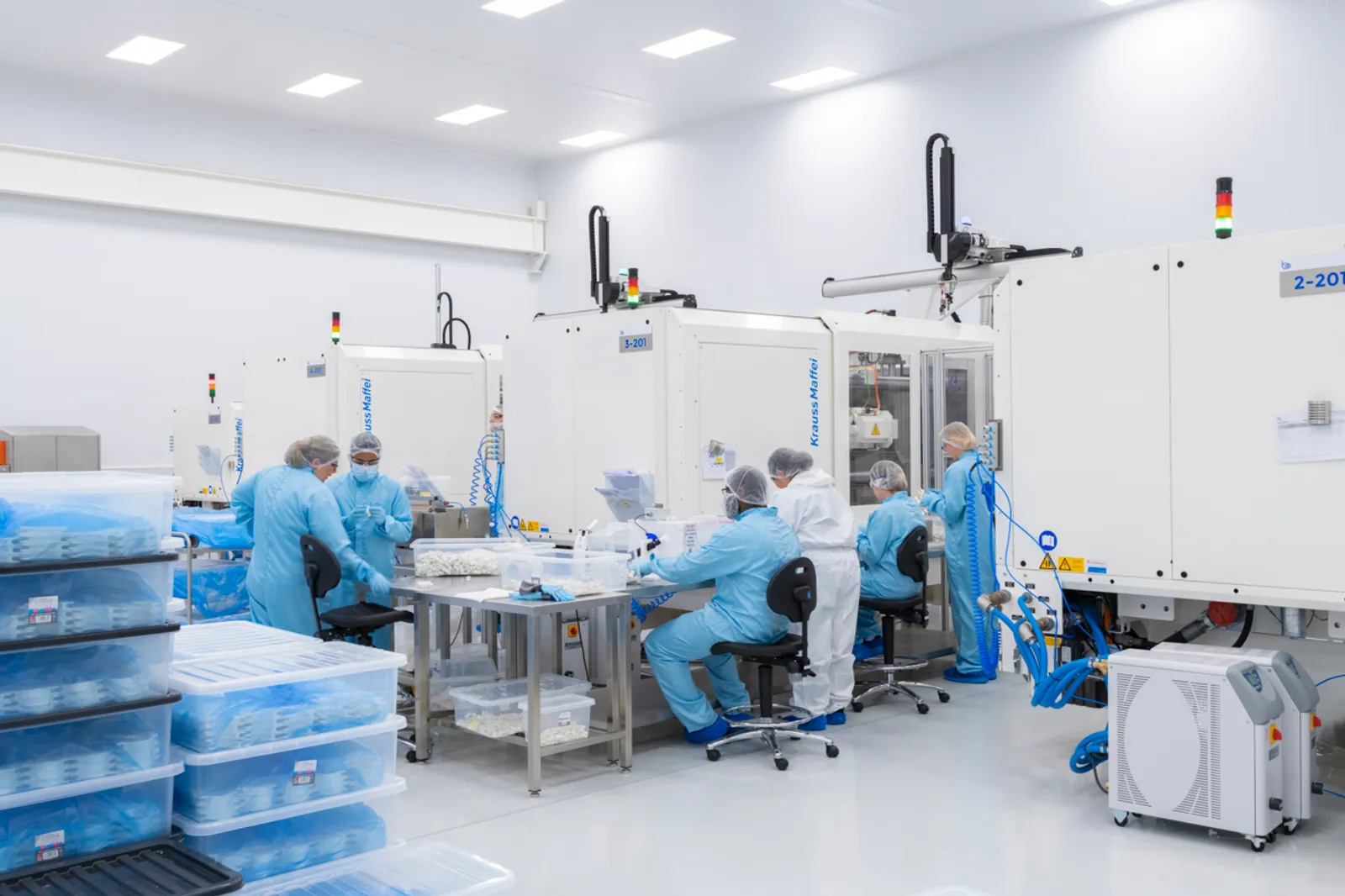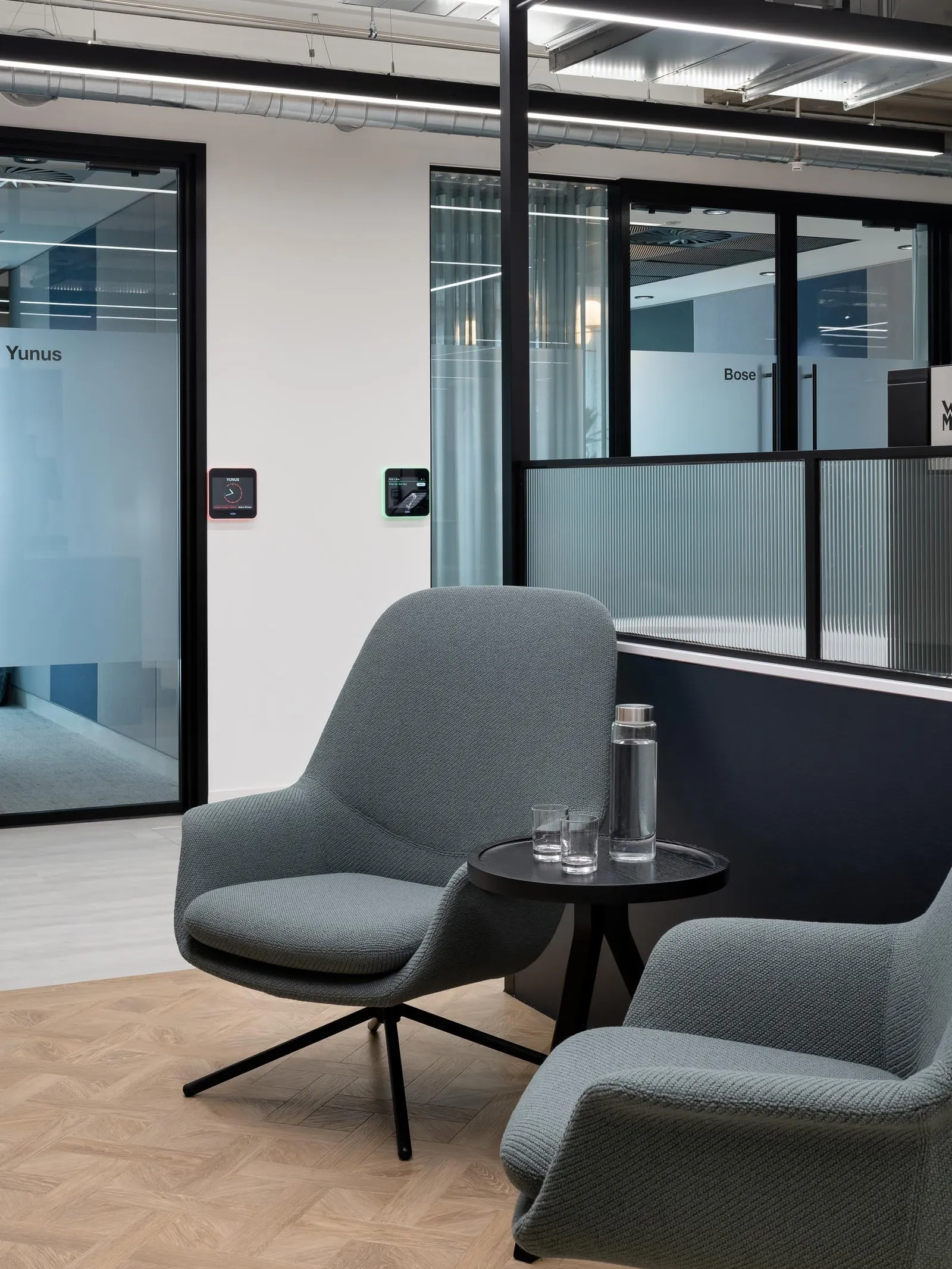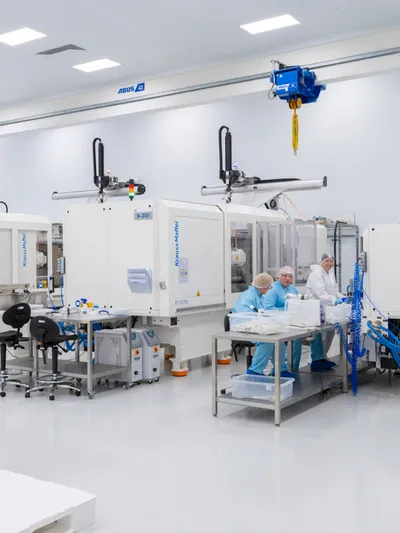In the design and construction of research and development laboratories, biosafety is an essential factor. Ensuring that both staff and the surrounding environment are protected from potentially hazardous biological materials requires rigorous planning. One of the most important frameworks in this context is the concept of Biosafety Levels (BSLs). These standards, ranging from BSL-1 to BSL-4, govern the type of containment and operational protocols necessary to safely handle different classes of biological agents.
This guide provides a comprehensive overview of biosafety levels, with a focus on BSL Level 1, BSL Level 2, and BSL Level 3, the most commonly encountered levels in commercial R&D environments. We'll also explore how each level influences laboratory design and link to further resources, including effective design principles for modern labs.

Understanding Biosafety Levels (BSL) for Designing Laboratories
Biosafety Levels are a set of protection rankings that indicate the containment precautions required for working with various biological agents. These levels are defined by international guidelines, such as those published by the World Health Organisation (WHO) and the U.S. Centres for Disease Control and Prevention (CDC), and are adopted globally in laboratory design standards.
The BSL system has four levels:
BSL-1: Minimal risk agents.
BSL-2: Moderate risk agents.
BSL-3: High risk, potentially lethal agents transmitted through aerosols.
BSL-4: Maximum risk agents, often life-threatening, for which there is no known treatment or vaccine.
While BSL-4 facilities do exist, they are typically restricted to government or specialised research institutes. For most commercial applications, BSL Level 1, BSL Level 2, and BSL Level 3 are most relevant.
BSL Level 1: Basic Containment
What does BSL Level 1 Cover?
Biosafety Level 1 is designed for work involving well-characterised agents that are not known to consistently cause disease in healthy adults. Examples include non-pathogenic strains of Escherichia coli and other benign microorganisms used in educational labs.
Key Features
Work conducted on open bench tops.
No special containment equipment required.
Basic PPE such as gloves and lab coats.
Hand washing and decontamination protocols.
Biosafety Level 1 Laboratory Design Considerations
Biosafety Level 1 laboratory design requires minimal modifications beyond standard lab infrastructure. However, ease of cleaning, waste management, and sufficient ventilation are still crucial. An open layout that encourages workflow efficiency and visibility is ideal.
Lab spaces at this level benefit from future-ready layouts and robust infrastructure that support safe and streamlined research activity.
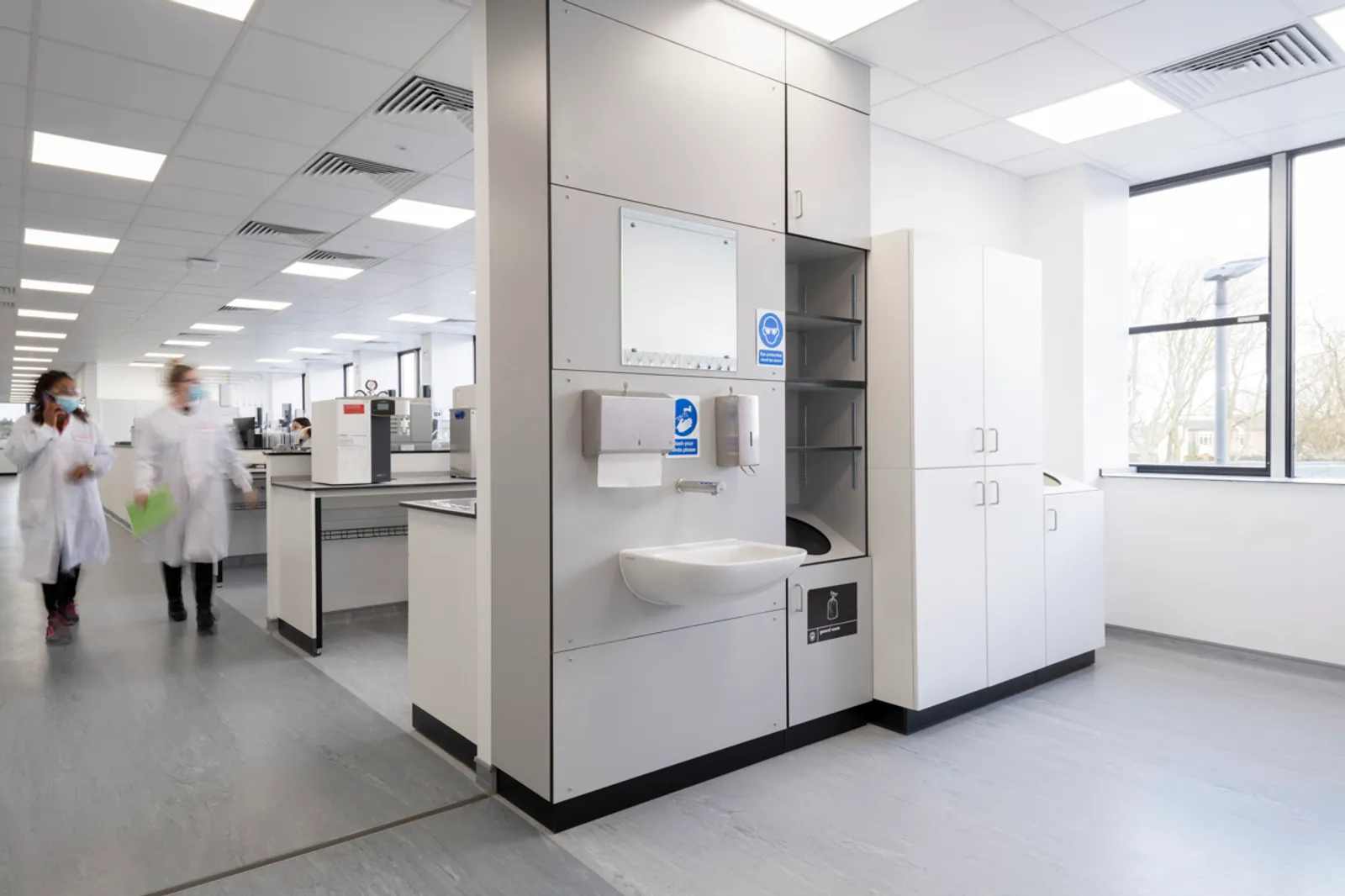
BSL Level 2: Moderate Risk Containment
What does BSL Level 2 cover?
BSL Level 2 involves agents that pose moderate hazards to personnel and the environment. Examples include Staphylococcus aureus, Salmonella, and hepatitis A, B, and C viruses.
Key Features
Access control (limited to trained personnel).
Class I or II biosafety cabinets for procedures that may produce aerosols.
Eye wash and hand-washing stations.
Autoclaves for decontaminating lab waste.
BSL2 Lab Requirements
To meet BSL2 lab requirements, laboratories must:
Ensure directional airflow with inward airflow at entrances.
Include handwashing sinks and emergency showers near exits.
Install containment equipment (e.g., biosafety cabinets).
Develop written biosafety procedures.
Biosafety Level 2 Laboratory Design Considerations
Biosafety Level 2 laboratory design demands more robust infrastructure compared to BSL-1. Enhanced HVAC systems, safety interlocks, and containment zones must be considered early in the design process. Creating environments that are both compliant and flexible supports evolving scientific research needs.
These requirements reflect broader shifts in laboratory design trends that emphasise adaptable layouts and reflect broader shifts in space-efficient lab planning and the move toward smart laboratory storage solutions.
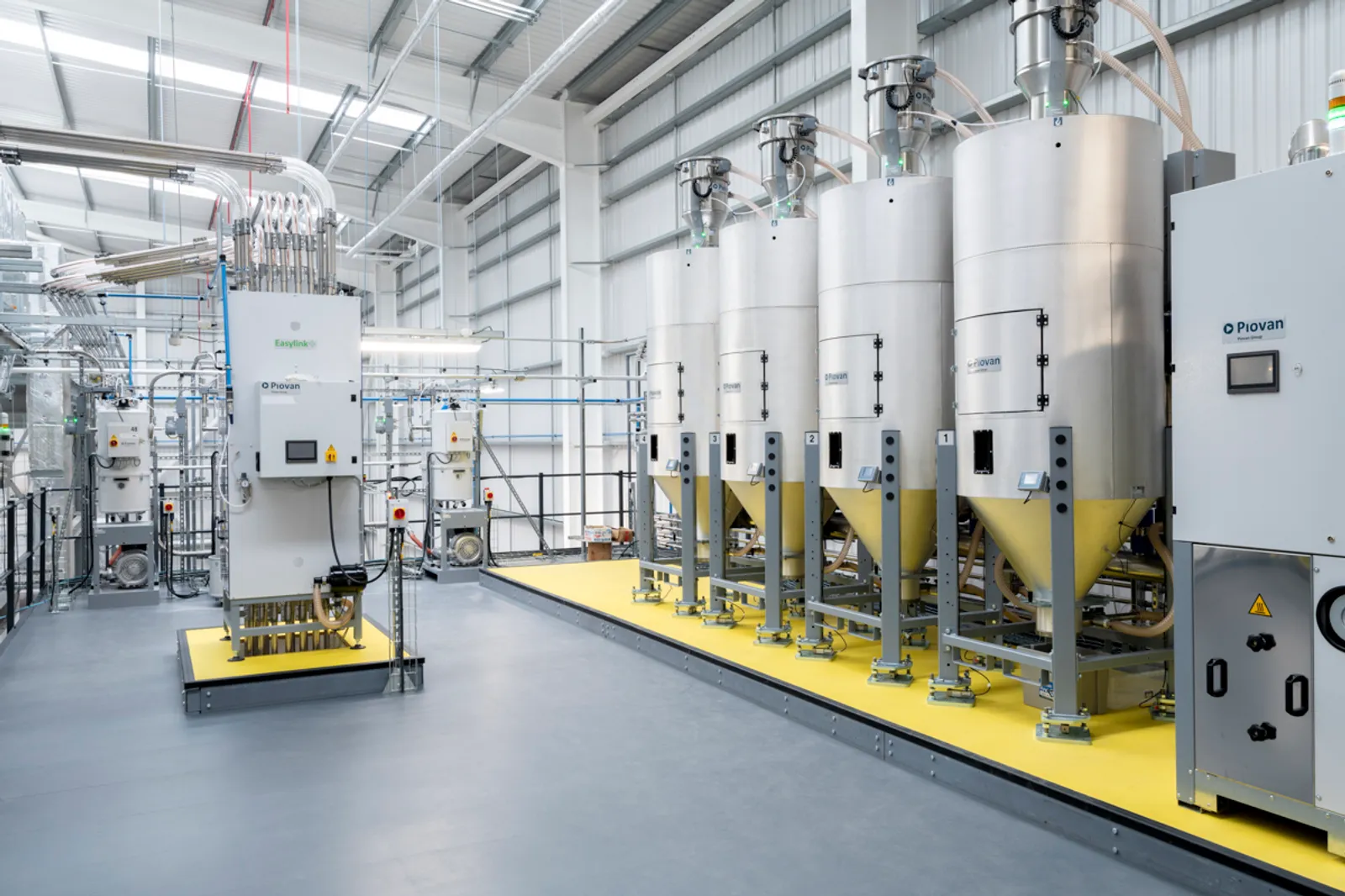
BSL Level 3: High Containment for Airborne Pathogens
What does BSL Level 3 Cover?
Biosafety Level 3 applies to pathogens that can cause serious or potentially lethal diseases through inhalation. This includes Mycobacterium tuberculosis, SARS-CoV-2, and West Nile virus.
Key Features
Controlled laboratory access.
All procedures are conducted in biosafety cabinets.
Directional, HEPA-filtered ventilation with negative pressure.
Laboratory sealed to allow gas decontamination.
PPE, including respiratory protection.
Biosafety Level 3 Laboratory Design Considerations
Designing a biosafety level 3 laboratory is a complex task involving:
High-integrity containment barriers.
Dedicated exhaust air systems.
Anterooms for donning and doffing PPE.
Backup power systems for critical equipment.
Strict separation from public areas.
Effective containment systems and compliance-led planning ensure these laboratories can safely accommodate high-risk research.
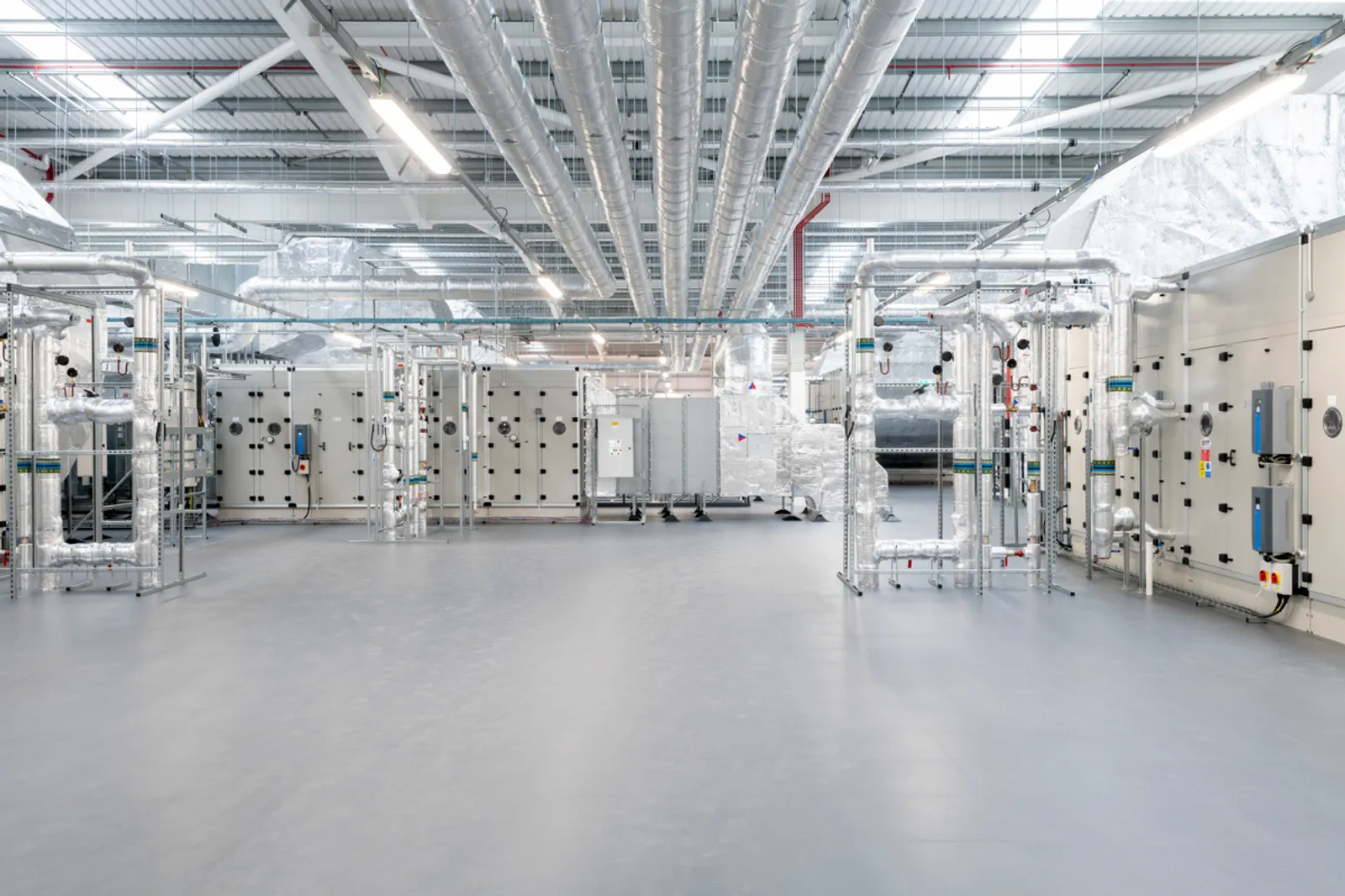
BSL Level 4: Maximum Containment
Though not common in commercial environments, BSL-4 labs are worth mentioning for completeness. These facilities are designed to handle highly dangerous and exotic agents such as Ebola or Marburg virus. They require full-body, air-supplied suits and complete isolation from other areas.
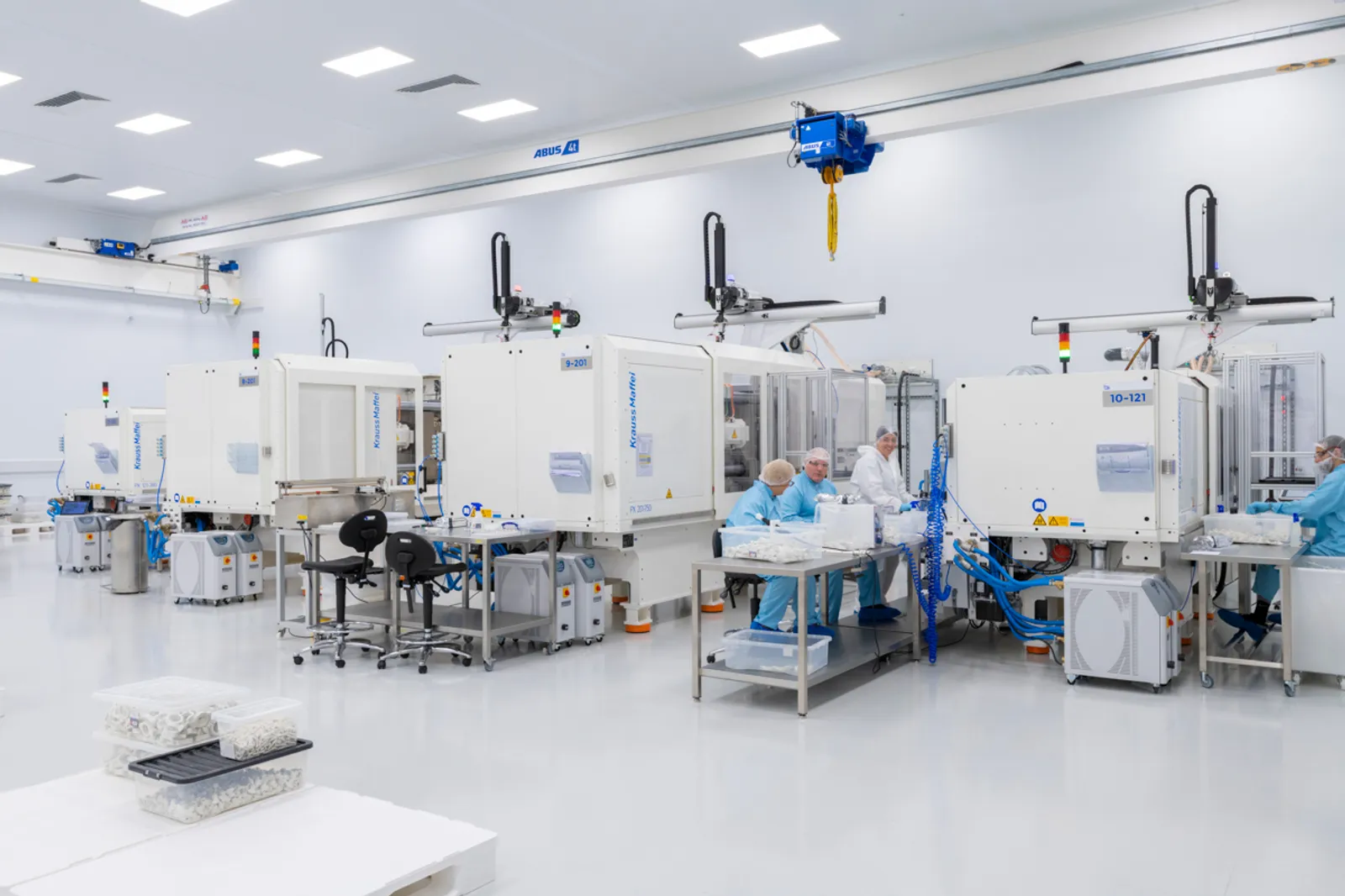
Integrating Biosafety into Laboratory Design
Whether planning a new build or upgrading an existing lab, aligning your design with appropriate biosafety levels is crucial for regulatory compliance, scientific productivity, and operational safety. Incorporating safety infrastructure from the outset saves significant time and cost in retrofitting.
As demand grows for flexible, sustainable science spaces, biosafety design must evolve in tandem with environmental and energy-conscious strategies through modular planning, durable finishes, and systems that reduce operational footprint.
Design Your Laboratory with Area Laboratories Today
Understanding biosafety levels is fundamental to ensuring your laboratory is safe, functional, and future-ready. From BSL Level 1 teaching labs to complex BSL Level 3 research facilities, each level brings unique requirements that must be met through thoughtful and informed design.
Area Laboratories brings decades of experience delivering purpose-built science environments. Ready to build your next safe, efficient lab? Learn more about our blueprints for success.
For laboratory design experts you can trust.
